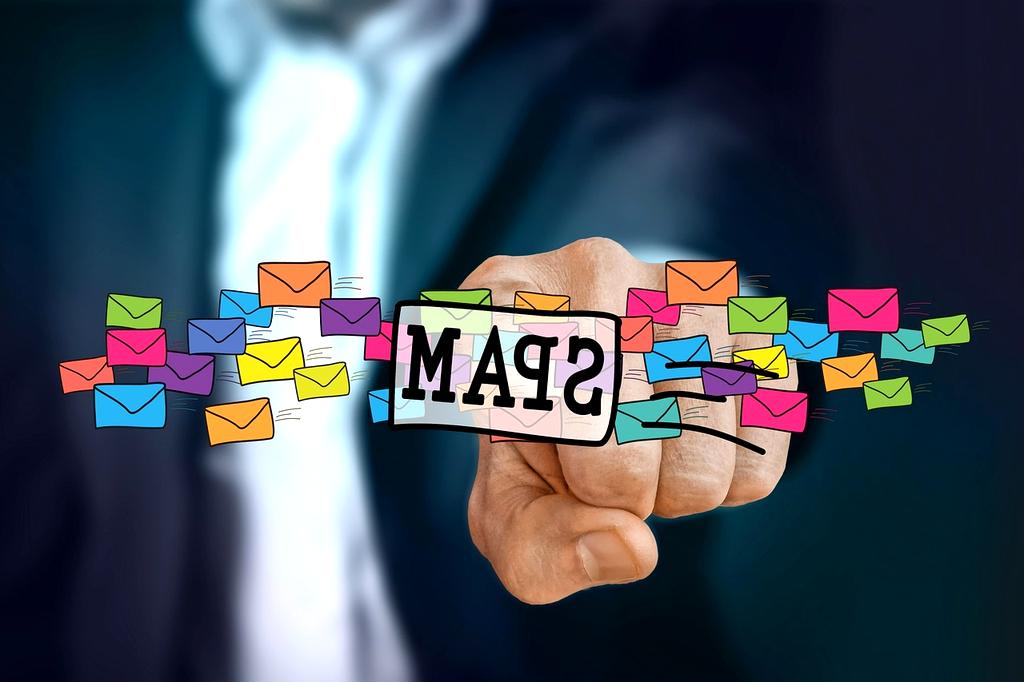MIME (Multipurpose Internet Mail Extensions)
What is MIME (Multipurpose Internet Mail Extensions)?

MIME (Multipurpose Internet Mail Extensions) is a standard that extends the capabilities of the original Simple Mail Transport Protocol (SMTP) by allowing users to exchange diverse types of data files—such as audio, video, images, and application files—via email. With MIME, email is no longer limited to plain ASCII text; users can send a wide range of content, including attachments and files using different character sets.
Unlike SMTP, which only supports 7-bit ASCII text, MIME enables the transmission of both ASCII and non-ASCII data over email. This is essential for sending messages that include special characters, international alphabets, or binary files that cannot be represented in plain text.
Drawbacks of SMTP
SMTP, introduced in 1981, was only intended for basic text communications using the limited ASCII character set. This means it could not handle binary files, special characters outside English, or multimedia content like video and audio. Moreover, the original design left email communications vulnerable to problems such as spam, spoofing, worms, and man-in-the-middle attacks due to lack of authentication and encryption. MIME was developed as a solution to these issues.

Origins of MIME
In 1991, Nathaniel Borenstein proposed the MIME standard to the Internet Engineering Task Force to extend SMTP. The goal was to support not only Latin-based text but also binary file transfers and a wide range of media types. Since then, many new file types have been added, and MIME has become an essential part of email and other protocols beyond its original scope. New MIME types are registered with the Internet Assigned Numbers Authority (IANA).
Advantages of MIME
MIME offers several significant improvements:
- Supports sending various binary attachments through email.
- Allows multiple attachments of different formats within the same email.
- Removes limitations on message length.
- Enables multipart messages, allowing different sections and representations within a single mail.
The "multipart/alternative" subtype, for example, lets email clients choose between plain text and HTML versions of a message for the best viewing experience.
How MIME works

MIME-enabled emails are transmitted using standard email protocols like SMTP, Post Office Protocol (POP), or Internet Message Access Protocol (IMAP). These emails can contain multiple parts and support various character sets in the header. When you send an email with non-ASCII data, MIME encodes it into a 7-bit format to ensure compatibility and then decodes it back at the recipient's end, making it possible to transfer any kind of content—text, images, audio, or applications.
Email clients and servers use MIME headers to identify file types and select the appropriate software to open attachments. Many browsers come with built-in support for common file types, like images and HTML files, making it easy to view content without additional downloads.
MIME Header Fields
MIME messages have several key header fields:
MIME-Version
Indicates the MIME version used, typically "1.0."
Content-Type
Describes the media type of the message body, including a type (like "video" or "text") and a subtype. For example, "text/html" specifies HTML content. MIME types are case-insensitive, and optional parameters, such as "charset," can specify details like the character set.
Content-Disposition
Specifies how the content should be presented (inline in the message body or as an attachment that requires downloading).
Content-Transfer-Encoding
Describes any binary-to-text encoding used to ensure safe transmission of files and data, supplementing the original content encoding.
Thanks to MIME, email has evolved from simple text transmission to a versatile tool supporting all kinds of digital communication, making it fundamental to modern internet messaging.

